No space? No equipment? No bother – here’s how to get strong and fit at home, for your return to riding
The tried and tested principals of training for mountain biking remain the same wherever you are. Strength is built with resistance and resistance can come in many forms; in gyms it’s normally barbells and machines, at home it is your bodyweight and whatever you can pick up.
>>> Get fit for riding: deadlifts
Fitness is built by spending time at higher than resting heart rates. This is often achieved on the bike but it can definitely be done other ways. Function is built by integrating holds, carries, jumps, and all other human movements that prepare you for the demands of the given stress you are training for – in this case riding.
In a nutshell then, you can integrate all of the performance- enhancing elements you would normally see in a fitness programme into home workouts and see huge improvements to your riding. But you might just need some direction and a little ingenuity.
In this article we will be looking at strengthening the lower body, one of the biggest concerns for riders only able to train from home.
One way to increase resistance (or load) is to integrate more single leg/arm work. Squats and deadlifts are excellent for leg and hip strength but require a lot less weight to produce the same results when using just one leg. Even if you are well trained, you won’t need much weight, if any, to find these movements difficult and they are therefore conducive to gaining strength at home.
Reps and sets
For each of the movements complete six reps each side to see how you feel. If you’re confident you can manage more, complete sets of 12-15 reps three times each side with two minutes of rest between. If you can complete more, consider increasing the difficulty by adding weight.


Rear foot elevated split squat
Our all-time favourite movement for single-leg work. By including these into your training you will dramatically increase your leg and hip strength. Not only that but your mobility and balance will improve. Here’s how to execute the movement:
Stand in front of a chair on one leg and place the other behind you, supported by the chair.
Once there, stabilise yourself and slowly descend until your back knee is close to the ground. Bring your butt back towards the heel of your back foot to increase the stretch in your quads/hip flexors. Keep your front foot flat on the ground and don’t let your knee extend past your toes.
Your torso should remain as vertical as possible throughout the movement and try to only use your hands on your leg if you struggle to stand back up.
Increase the difficulty by holding a weight in front of you or wearing a weighted rucksack.
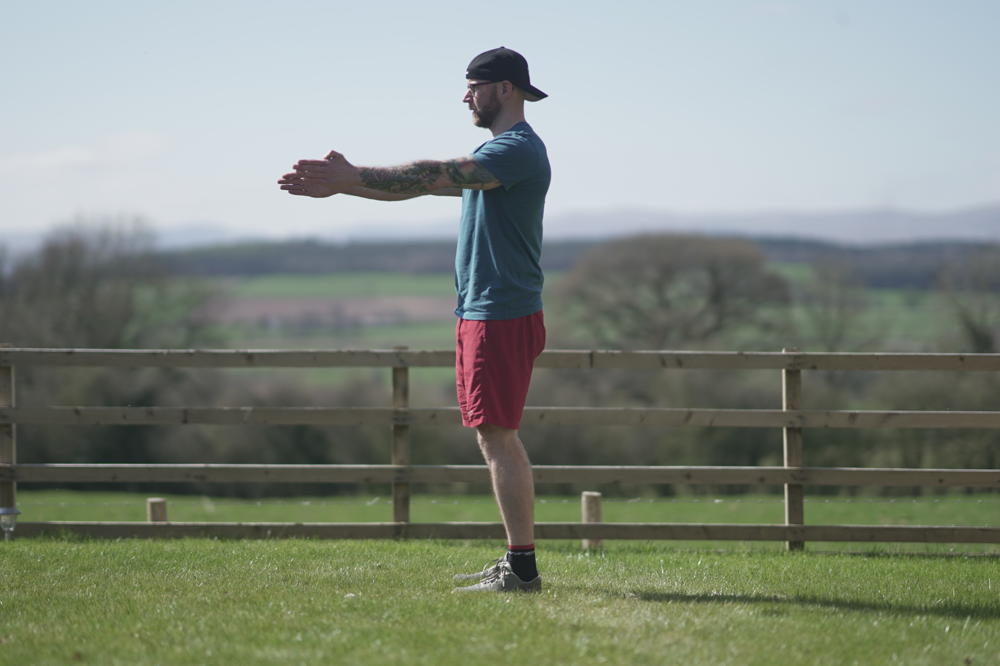
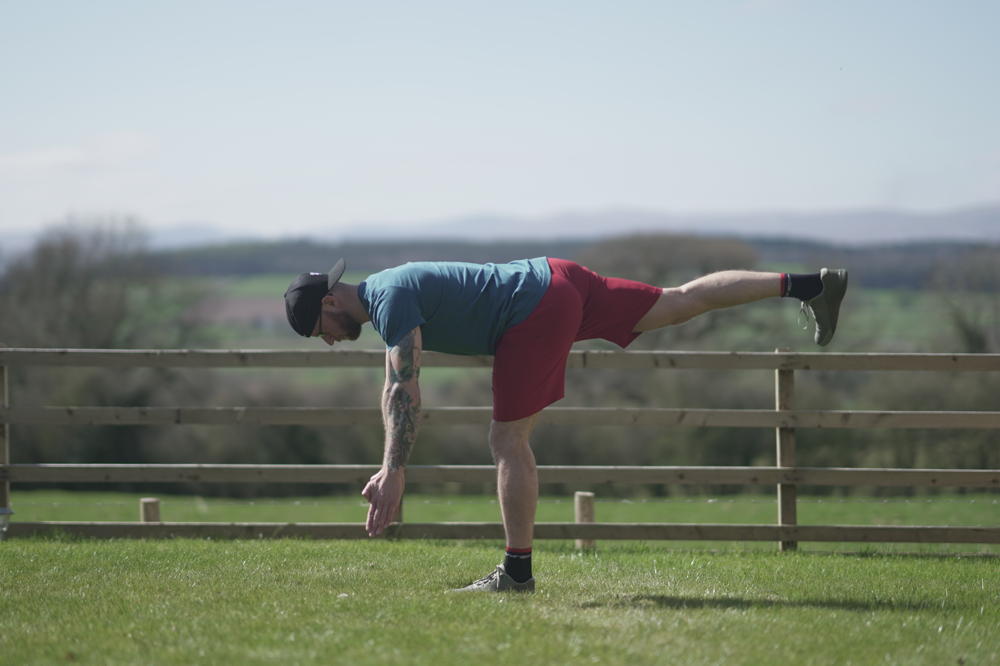
Single-leg deadlift
Strengthening your glutes and hamstrings will definitely help improve your riding and will also balance the strength between the front and back of your hips, in turn keeping you healthy and staving off any potential lower back issues that can result from muscular imbalances. There are few movements better for achieving this than the single-leg deadlift, regardless of what equipment you have available. How to perform it:
Stand up straight and reach both your hands out in front of you. While bracing your core and paying attention to make sure you maintain your natural spinal curve, hinge forwards with one foot on the ground with a slight bend at the knee and the other extending behind you. Keep hinging until you feel you are at the limit of your hamstring flexibility and not flexing your spine. The goal is not to touch the floor but to change the angle of your hip as much as possible safely. Return to standing twice as quickly as you went down.
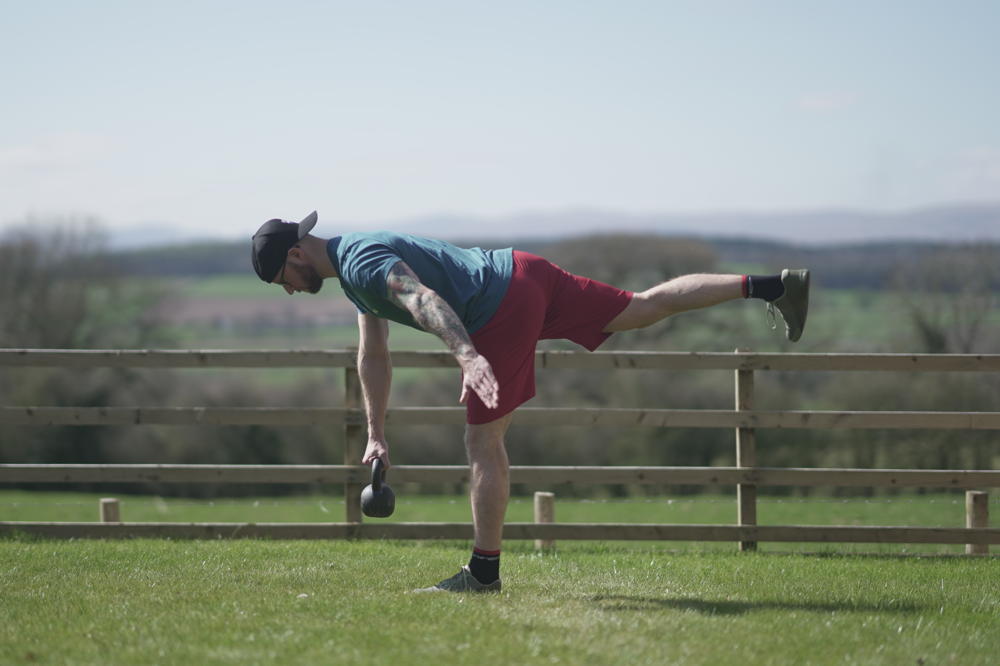
To increase the difficulty, hold a weight in the opposite hand to the foot you leave on the floor. So if you have your left foot on the floor and your right foot extended behind you, hold the weight in your right hand.
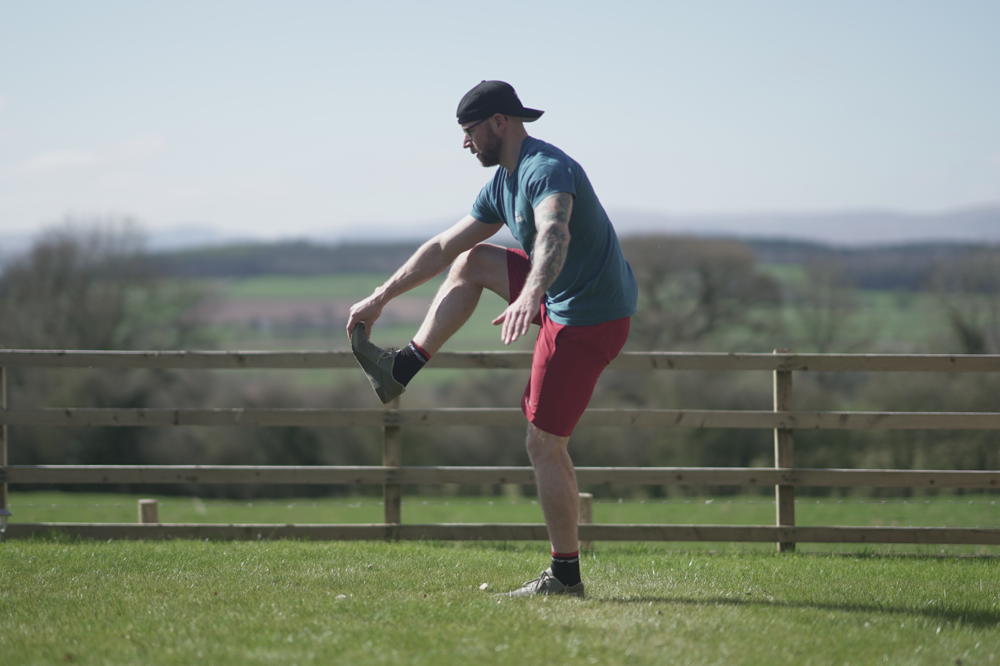
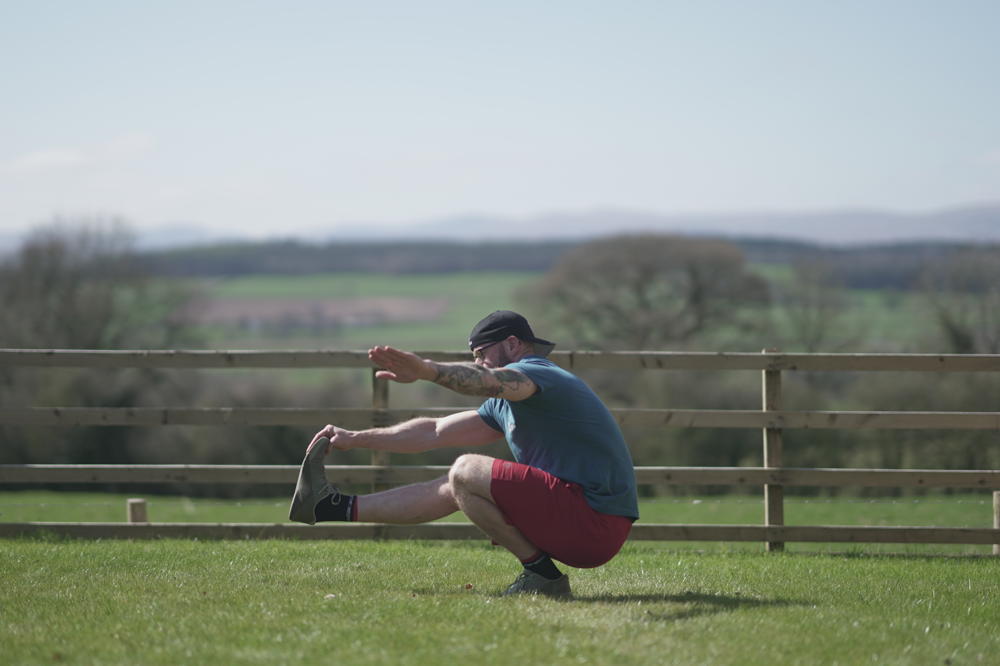
Pistol squats (or single-leg squats)
These are tough, but amazing if you can do them unassisted. It’s a good idea to sit down into a chair to warm up and ensure you are safe. The success of this movement is determined by your ankle mobility, so you can put something under your heel to raise it slightly and help with the biomechanics.
Stand up straight and hold the toes of one foot in your hand, extending your leg as far forwards as possible. Lower slowly until you reach a position with your hip below your knee. Return to standing. Sounds simple right? It’s very difficult, trust me. Here are some variations to consider:
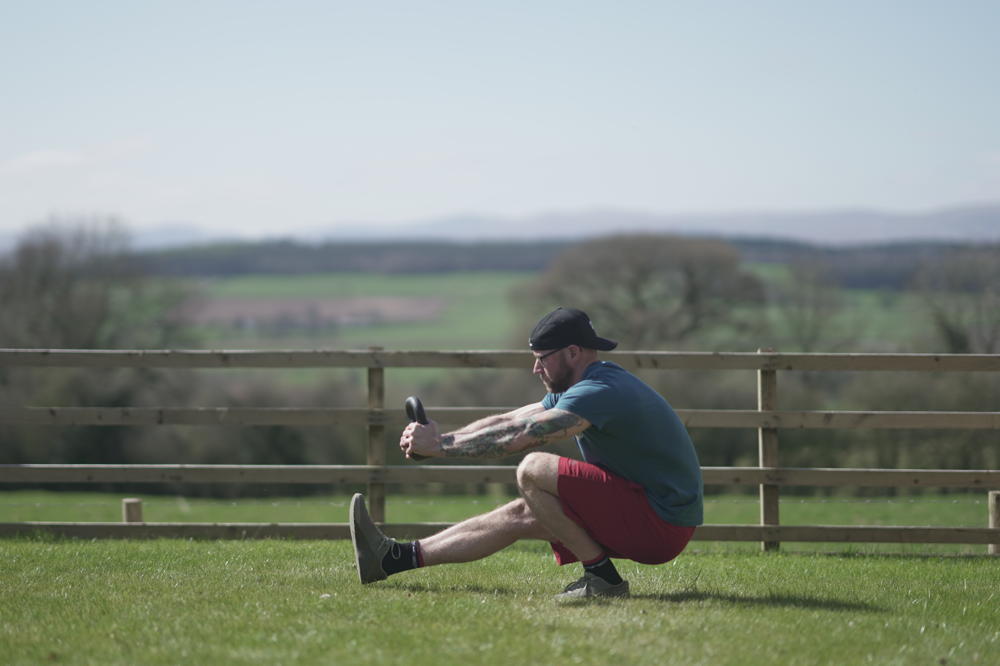
As mentioned above, you can sit to a chair and return to standing.If you are strong but struggle with balance, you can hold a weight, this can actually make it easier as it counter- balances you and allows for a more stable position.
Use your other hand to stabilise you on a chair, table, wall – whatever you have available.
If you really struggle to stand back up you can roll out of the squat and come back to standing and repeat the eccentric phase (the downwards part of the movement). This will increase strength and keep you safer than struggling to stand each time.
I hope this helps you maintain, or even increase your strength. Visit fit4racing.com and take up the two-week free trial offer. All programmes currently include options for no-equipment home workouts.
Your coach
 Jonny Thompson is head coach for Fit4Racing, an online fitness programme for mtb riders. Once a forensic scientist, Jonny has devoted the last 10 years to coaching athletes from Paralympians to world number one enduro racers. His main focus with the Fit4Racing team is developing and delivering fitness programmes to pro and amateur riders.
Jonny Thompson is head coach for Fit4Racing, an online fitness programme for mtb riders. Once a forensic scientist, Jonny has devoted the last 10 years to coaching athletes from Paralympians to world number one enduro racers. His main focus with the Fit4Racing team is developing and delivering fitness programmes to pro and amateur riders.
Training the likes of Adam Brayton, Jonny also sends digital programmes to riders all over the world, many of whom ride professionally.




